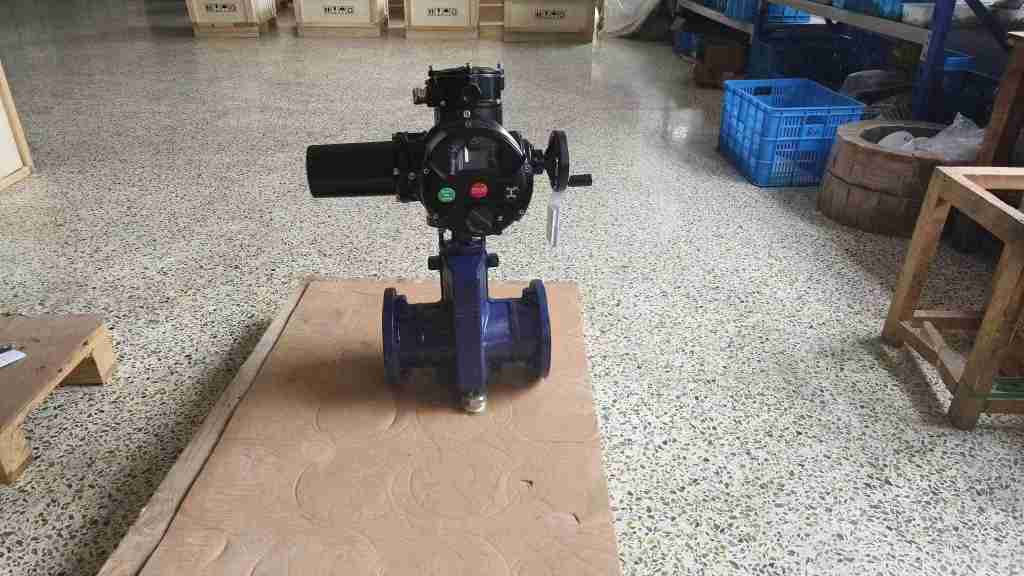understanding the electric pinch valve: an innovative solution for fluid control
Release time:2025-08-27 10:03:36
The electric pinch valve is a highly efficient and versatile solution for controlling fluid flow in a wide range of industrial applications. Unlike traditional valve types, which rely on mechanical components to control flow, the electric pinch valve uses an electric actuator to compress a flexible tube or sleeve, providing a simple yet effective mechanism for fluid regulation. This innovative technology offers several advantages, particularly when dealing with challenging materials like slurries, powders, and corrosive substances. In this article, we will explore the components, working principle, key advantages, and common applications of electric pinch valves.

Components and Working Principle
At its core, an electric pinch valve consists of a few key components: a flexible tube or sleeve, an actuator (typically an electric motor or solenoid), and a valve body. The valve body houses the flexible tube that is pinched to control the flow. When the valve is open, the tube remains uncompressed, allowing the fluid to flow freely through the pipeline. When the actuator is activated, it exerts force on the tube, gradually compressing it and reducing the cross-sectional area through which the fluid can pass. In the fully compressed state, the valve stops the flow entirely.

